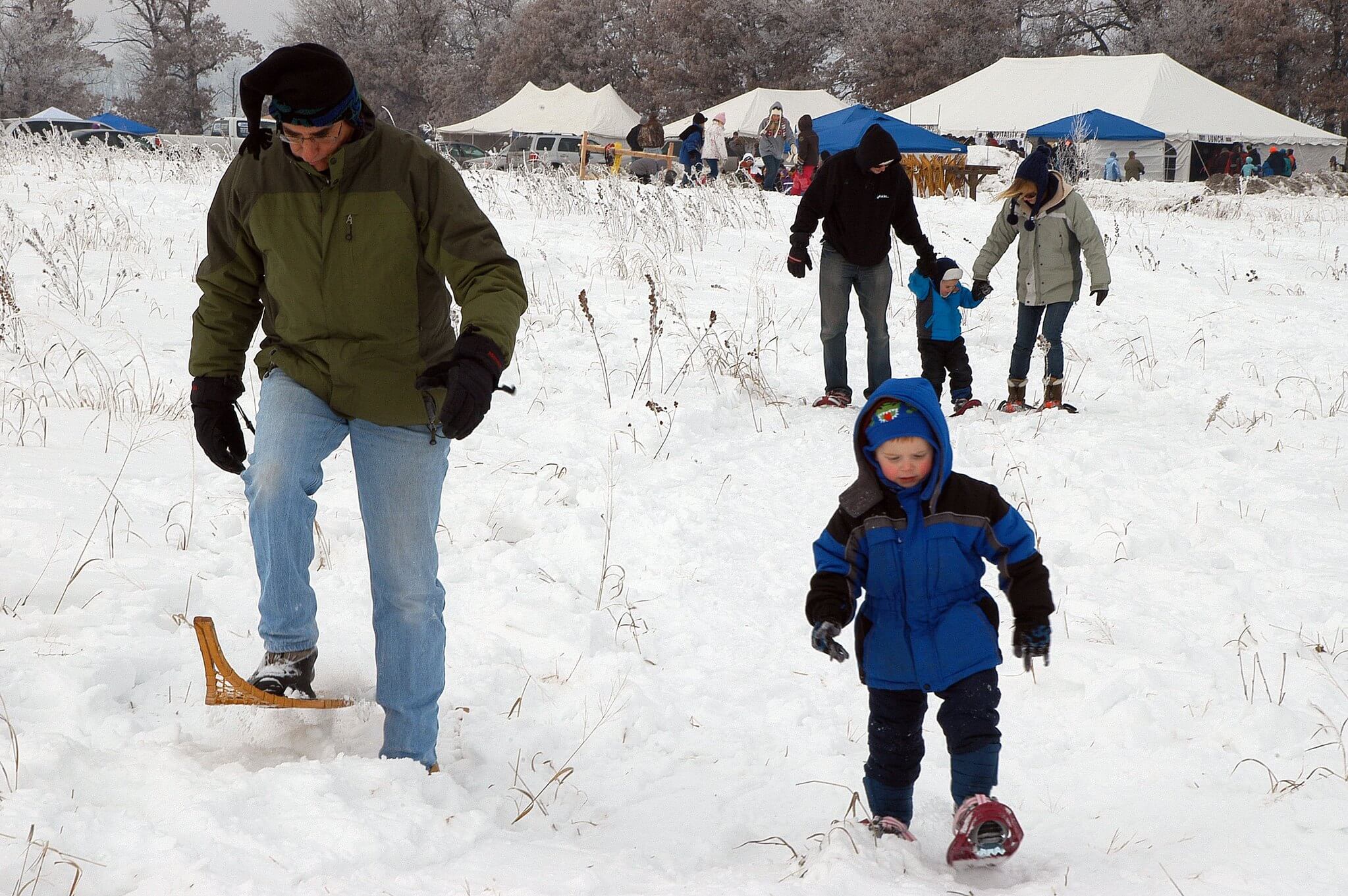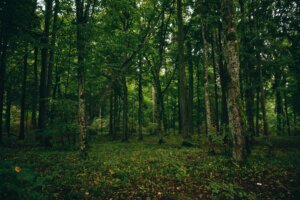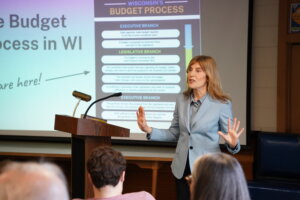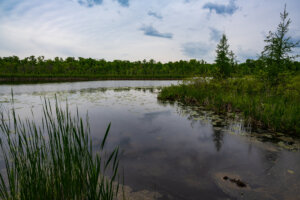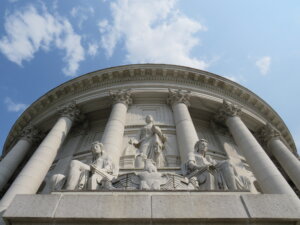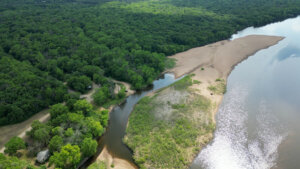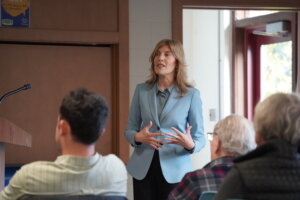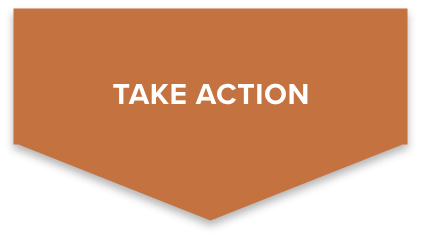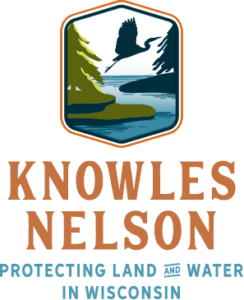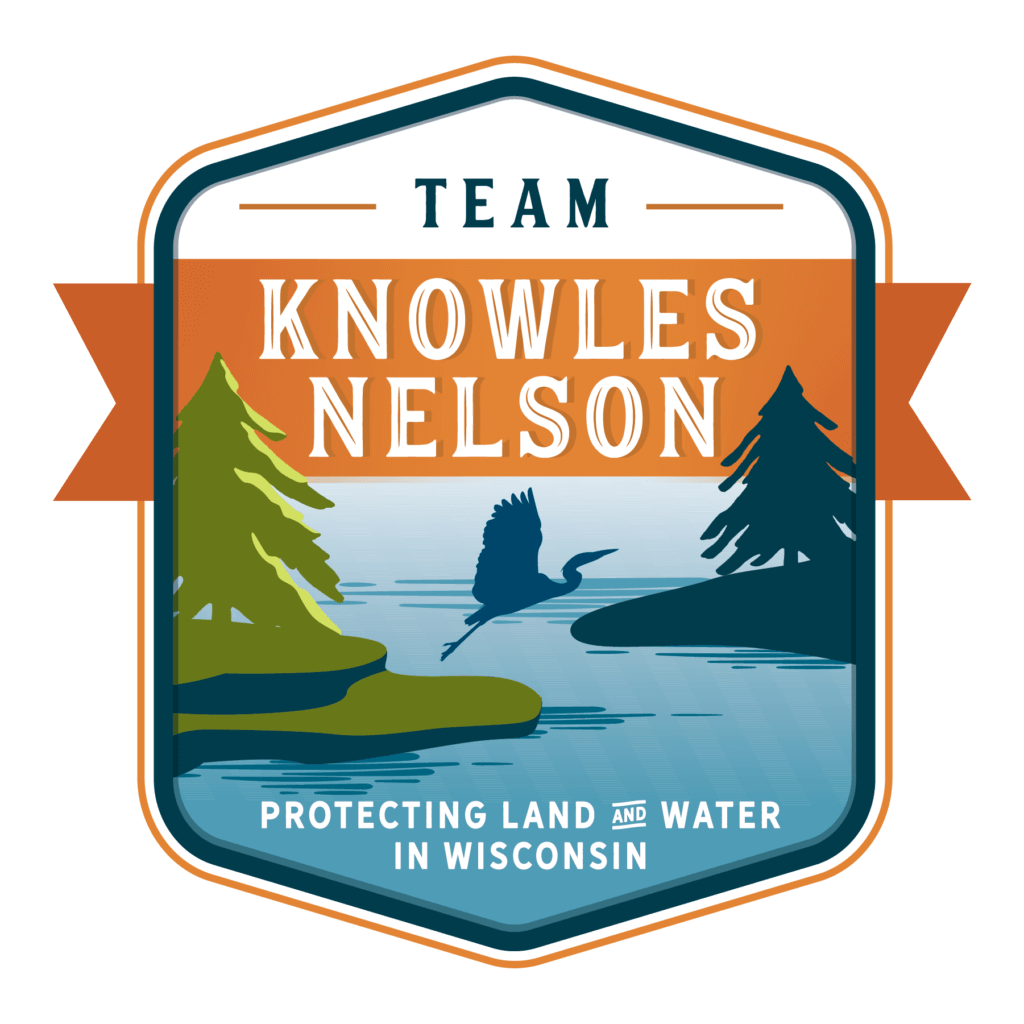By now, the surge in outdoor recreation caused by the pandemic is a familiar story. But a recent report by the Wisconsin Policy Forum has provided the numbers to show just how big that surge has been.
For example:
- “From March 1, 2020 through Jan. 31, 2021, the state sold 1.14 million fishing licenses to state residents – a 13.2% increase… and the highest in at least five years.”
- “Sales of state park vehicle stickers rose by more than 42% in the 2020 calendar year over 2019.”
- “The city of Madison saw its 2020-21 sales of cross country ski permits for its parks nearly double those of any previous year.”
- “Bike path counters show non-motorized traffic on the Racine County North Shore Trail and the New Berlin Trail were up 74.9% and 58.4% respectively in 2020.”
- “At Lion’s Den Gorge Nature Preserve in Ozaukee County, an entrance count shows 2020 visitors topped 269,000, more than two-and-a-half times the typical levels of around 100,000 per year.”
- “After three roughly stable years, the Ice Age Trail Alliance saw membership as of Jan. 2021 rise by 53.2% over the previous year.”
However, funding for parks and recreation has not kept up with this increased interest. The report notes that:
- “2017 per capita state operating spending on parks and recreation in Wisconsin ranked 49th in the country, ahead of only Alabama.”
- “The state’s $135 per acre in operating spending and $32 per acre in capital spending also are far below nationwide averages of $154 and $57.”
- “Wisconsin spends just $1.20 in state park operations per visitor.”
- “In the 2015-17 state budget, the state cut $4.7 million in state tax funding out of the parks system – nearly 28% of the parks budget at that time.”
One solution to this shortfall is the Knowles-Nelson Stewardship Program. In his recent budget recommendations, Governor Evers “is proposing to more than double the authorized borrowing for the Stewardship program to $70 million per year and then shift how that funding is divvied up. Under the legislation, the funds for helping local communities with purchases and projects and for making improvements on state lands would grow substantially….”
Lands protected by Knowles-Nelson “have provided outdoor recreation as well as environmental benefits, which… are substantial in areas such as biodiversity and flood mitigation.” In addition, “the Stewardship program helps the public access and enjoy these lands by helping fund construction or renovation projects such as parks, trails, piers, and harbors.”
The report also notes that “over the past five years, local governments submitted roughly 2.5 times as many applications for [Knowles-Nelson] grants as were actually awarded.”
Overall, increased funding for Knowles-Nelson comes at an important time when citizens of Wisconsin need access to public lands more than ever. Learn more about the budget proposal and how to support the renewal of Knowles-Nelson here.
Featured image by Tina Shaw with USFWS Midwest Region, 2004.

